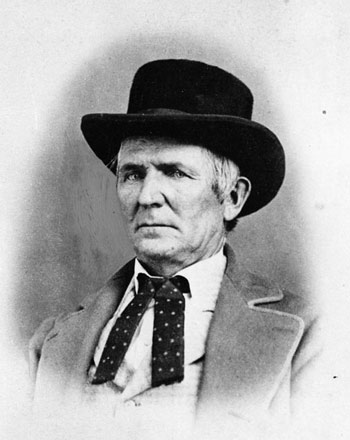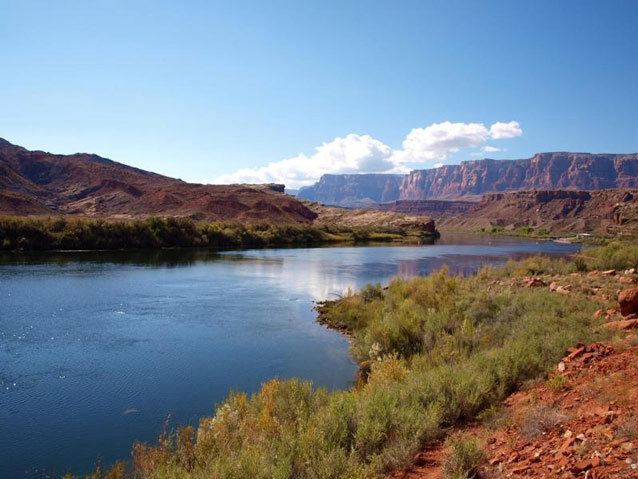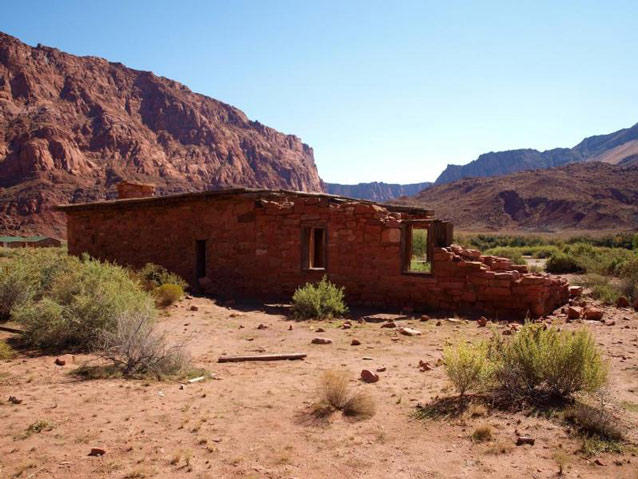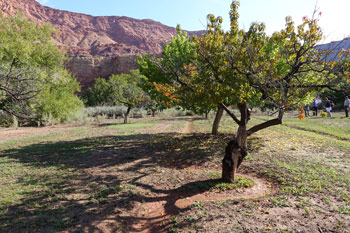Profile in Preservation

QUICK FACTS

NPS, 2015
Seeking freedom from religious persecution, LDS Church leadership pursued unsettled lands in the west in 1846. The first Mormons entered Utah the following year, and Mormon settlements expanded over the next decades. Lee and his wives settled in southwestern Utah in the late 1840s, and he quickly became a prosperous farmer and well-respected businessman.
However, despite moving west, members of the LDS Church couldn’t escape the persecution they had faced in eastern states. In 1857, public complaints about church power and polygamy spurred the United States government to send an army to Utah. Panic ensued in the Mormon community.
In a series of unfortunate events associated with the panic, a group of Mormon militia members and Paiute forces murdered over 100 men, women, and children of the Fancher Wagon Train. The immigrants, suspected of hostility toward the LDS church, were seized as they passed through southern Utah on their way to California in September 1857. John D. Lee was one of the leaders present at the scene of the still-controversial tragedy, known as the Mountain Meadows Massacre.
Lee remained active within the church leadership after the massacre. However, by the 1860s questions surrounding the massacre were unavoidable as federal authorities pressed the LDS Church to identify a responsible party.
In October 1870, John D. Lee was excommunicated from the LDS Church for his role in the massacre. Of the Mormon militia members who participated in the bloodshed, Lee was the only one excommunicated from the church. Because of this, Lee maintained that he became a scapegoat to take the pressure off other more responsible Mormon leaders.

NPS, 2015
Lee was exiled to the canyonlands of northern Arizona, where he settled with two of his wives, Rachael and Emma, at the confluence of the Colorado and Paria Rivers. Lee and his wives established a ferry service along the Colorado River (Lees Ferry), an important connection between southern Utah and northern Arizona, particularly for growing Mormon settlements in the region. To shelter and sustain the two families, log cabins were built, fields were cleared, and an irrigation system was dug as part of a ranch (Lonely Dell Ranch) to make the harsh conditions of the canyon more habitable.
After three years of hiding from authorities, Lee was eventually captured in 1874. He was tried and found guilty of murder. On March 23, 1877, he was taken to the Mountain Meadows Massacre site and was executed by firing squad.
LANDSCAPE SKETCH

NPS, 2015
The Lees Ferry and Lonely Dell Ranch Historic District is located at the confluence of the Colorado and Paria Rivers in Glen Canyon National Recreation Area. Lees Ferry, located on the right bank of the Colorado River, was one of the few points of crossing the Colorado in the 19th century. It served as the starting point for John Wesley Powell’s expedition through the Grand Canyon and continues to be a critical boat launch area for boaters and rafters embarking down the Colorado River today. Lonely Dell Ranch was built on the right bank of the Paria River in order to sustain the ferrying operation within the isolated canyon environment. The ranch contains cabins, irrigation ditches, fields, orchards, a family cemetery, and several artifacts related to the occupation of the site.
Last updated: November 9, 2016
